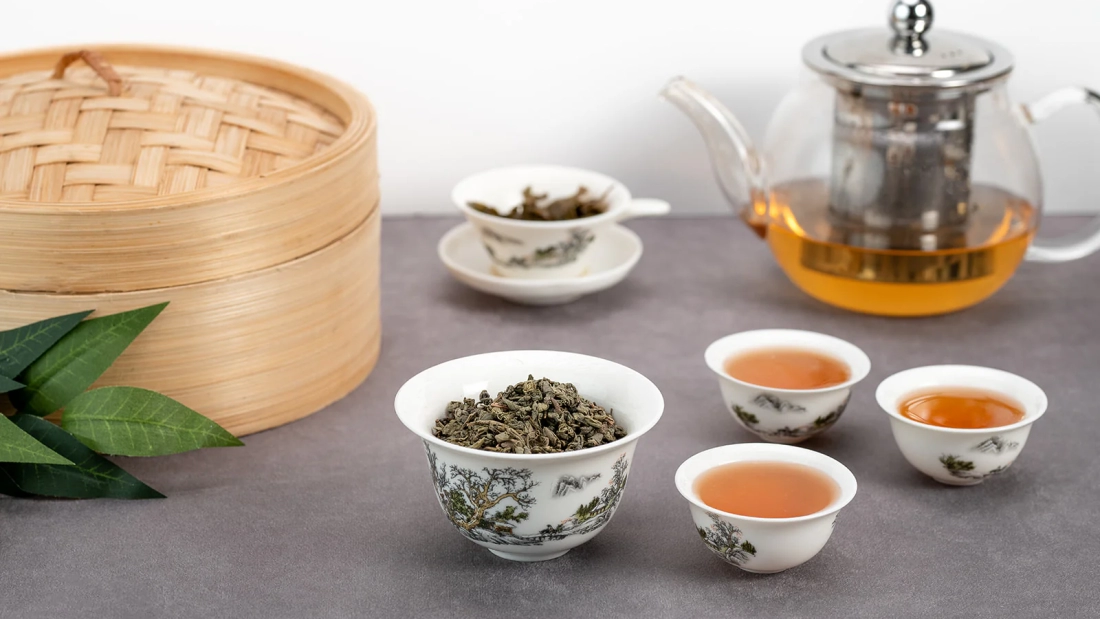Development of ISO 3103
This standard was first developed by the International Organization for Standardization (ISO) in 1980 to standardize the preparation of tea across various cultures and regions.
The Importance of Standardization in Tea Preparation
Standardization in tea preparation ensures consistency in flavor, aroma, and appearance, regardless of the location or individual preparing the tea. It enhances consumer confidence and facilitates fair trade practices in the tea industry.
Key Elements of ISO 3103
Parameters for Tea Preparation
This standard specifies parameters such as water temperature, brewing time, and leaf-to-water ratio to achieve optimal results in tea brewing.
Testing Methods
The standard also outlines methods for evaluating the quality of brewed tea, including visual, olfactory, and taste assessments.
Controversies and Criticisms Surrounding This standard
Despite its widespread adoption, ISO 3103 has faced criticism from some tea enthusiasts who argue that it fails to capture the nuances of traditional tea brewing methods and disregards cultural preferences.
Adoption and Implementation
ISO 3103 has been adopted by many tea-producing countries and organizations worldwide. Its implementation ensures consistency in tea production and facilitates international trade by establishing common ground for quality assessment.
Benefits of Following ISO 3103
Following This standard guidelines leads to consistently brewed tea with predictable flavor profiles, enhancing consumer satisfaction and loyalty. Moreover, adherence to the standard fosters transparency and trust between tea producers, traders, and consumers.
Comparison with Other Tea Brewing Methods
While ISO 3103 provides a standardized approach to tea preparation, it is essential to recognize and respect diverse brewing traditions and techniques. Comparisons with other methods highlight the strengths and limitations of each approach, encouraging innovation and adaptation in tea culture.
Future Implications and Updates
As the global tea industry evolves, ISO 3103 may undergo revisions to address emerging trends and challenges. Future updates could incorporate advancements in brewing technology, sustainability practices, and consumer preferences to maintain relevance and effectiveness.
Conclusion
ISO 3103 serves as a cornerstone of quality assurance in the tea industry, promoting consistency, fairness, and transparency in tea preparation and evaluation. While it may not fully capture the complexities of traditional brewing methods, its universal applicability fosters collaboration and standardization in a diverse and dynamic tea market.

